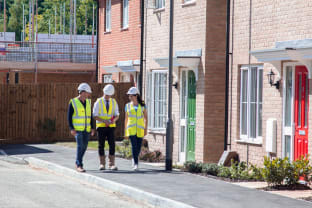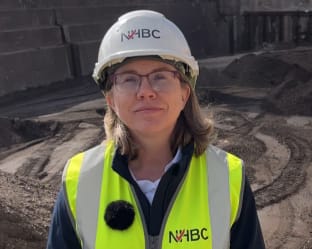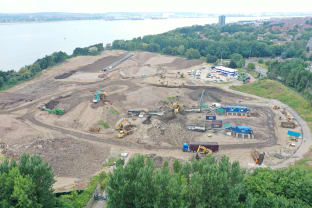Insights and media
New house building news and related articles.

Latest news
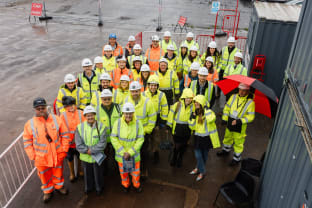
Services
Celebrating 20 years of NHBC’s Land Quality Service

Company
NHBC appoints Cassandra Codling as Senior Regional Director
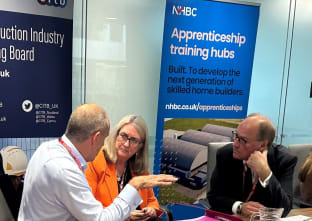
Training and qualifications
The Rt Hon Baroness Smith meets homebuilders to address construction skills shortage
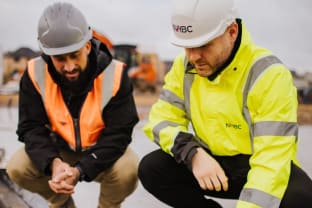
Awards and events
UK’s best site managers recognised by NHBC for raising standards in house building
Latest insights
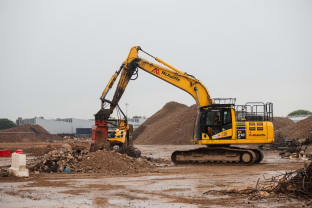
Building and design
Understanding landfill tax
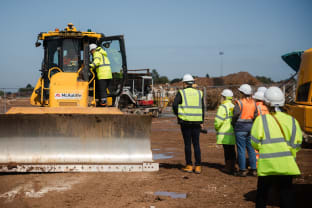
Building and design
NHBC hosts Longbridge: Transforming brownfield into a thriving community event in Birmingham

Skills gap
In conversation with Roger Morton: the skills gap
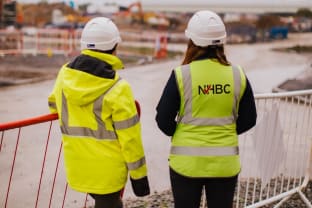
Building and design

